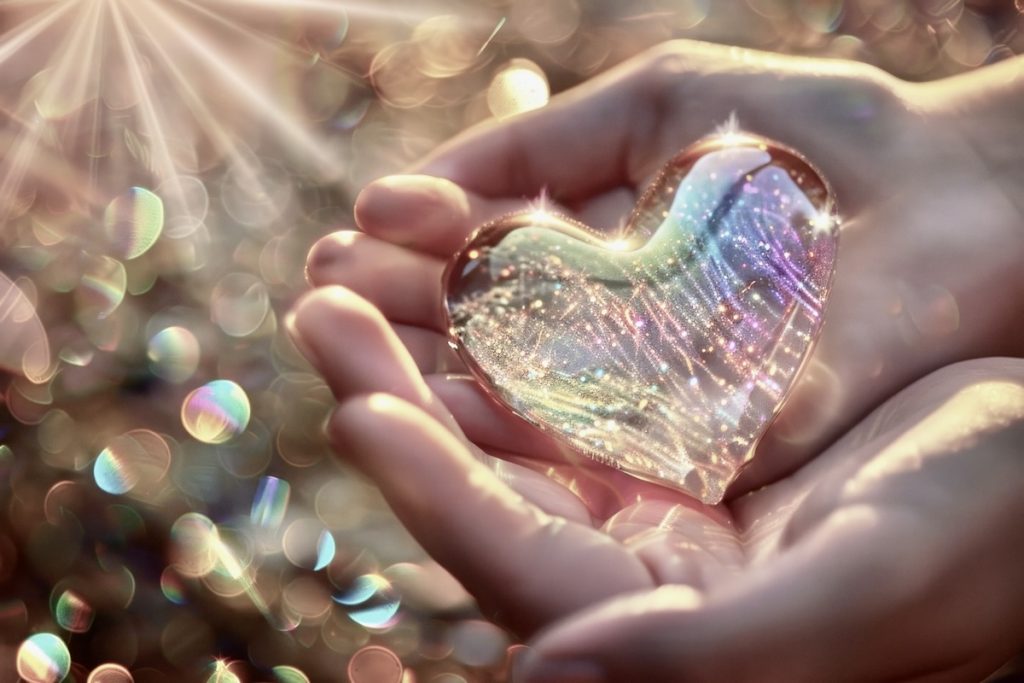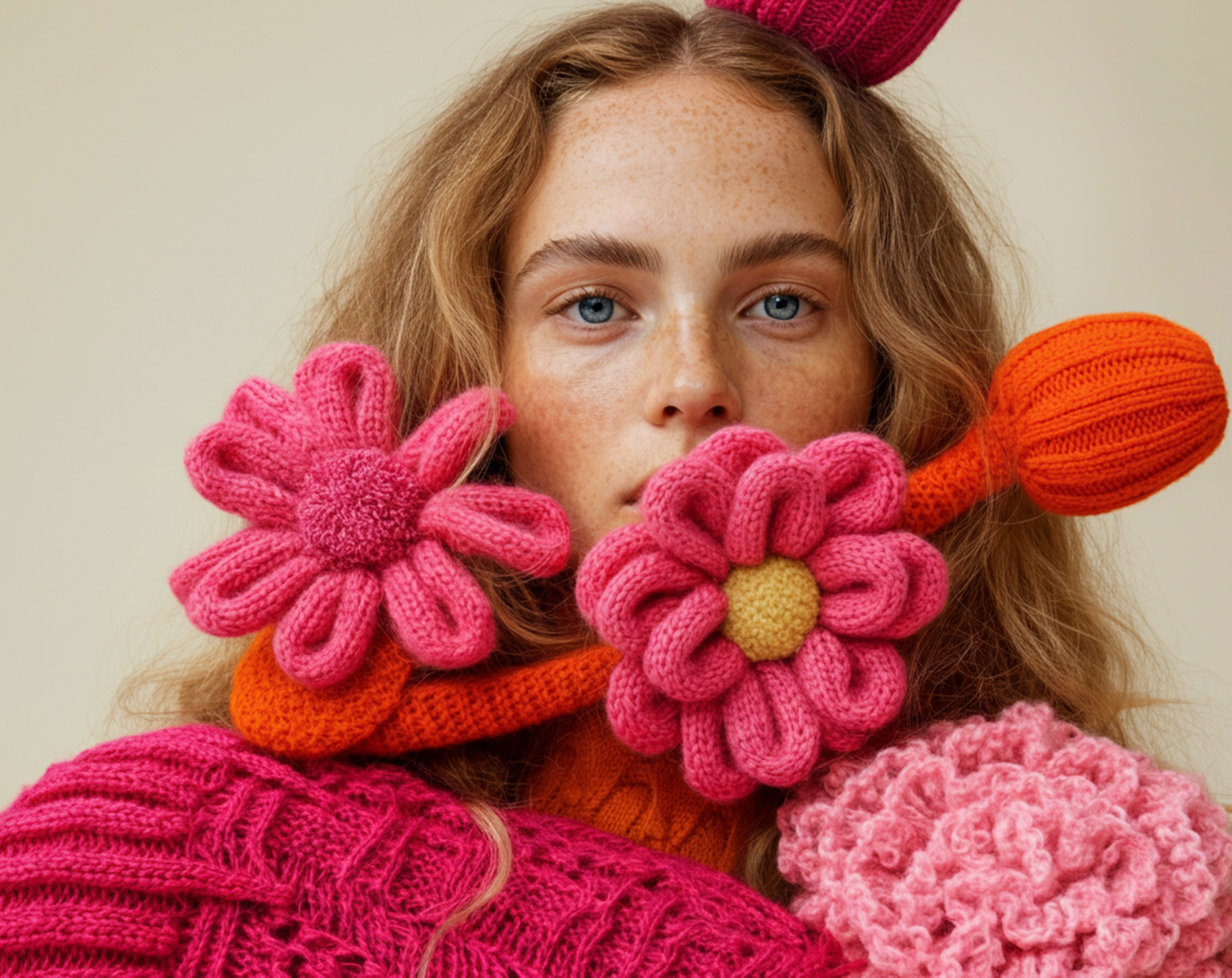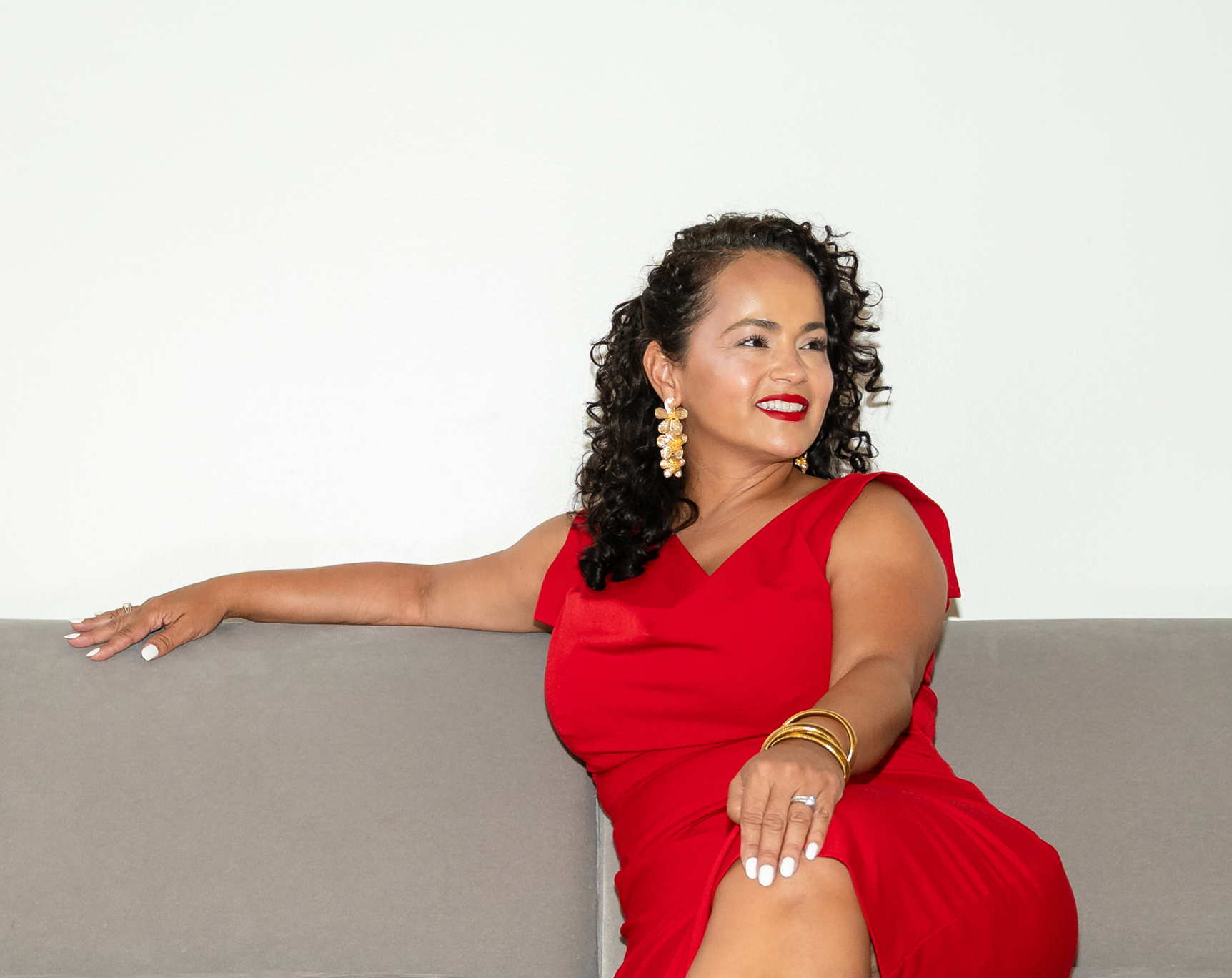Some imagine motherhood as a straight line: love, decision, pregnancy. But for millions, single women, same-sex couples, men who dream of fatherhood, or partners who have collected negative results like emotional furniture, the line isn’t straight. It’s a spiral. A curve that aches. A hallway of clinics, tests, and waiting rooms that never seem to end.
And there, at the intersection where biology becomes a barrier, in vitro fertilization (IVF) doesn’t show up as an answer, but as a possibility. Not easy. Not guaranteed. But deeply human.
The process: somewhere between syringe and surrender
IVF isn’t a movie montage. There are no candles, no music playing softly in the background. There are syringes, hormone injections, bruises, anxiety calendars, and the strange intimacy of ultrasounds that don’t promise anything.
It begins with ovarian stimulation, a hormonal regimen that coaxes the body to produce more eggs than usual. Then the egg retrieval. Quiet. Clinical. And in a Petri dish, an egg meets a sperm, from a partner, a donor, a bank. A beginning that no one witnesses, but that carries the weight of worlds.
Not all eggs fertilize. Not all embryos are viable. Not all transfers take.
But when one is placed back inside the body, it is done with the gentleness of someone handing over a letter unsigned, hoping the body chooses to write the rest.
What if it doesn’t happen?
Few talk about the negatives. The canceled cycles. The embryos that didn’t thaw. The transfers that didn’t stick. The waiting that ends in nothing.
IVF is not a promise. It’s a wager. And those who go through it know: every step could be the last or the first. Each attempt is a choreography between science and soul.
Still, many try again. Because the hope of having a child, even if only the possibility, is sometimes worth more than the certainty of not trying.
Families without templates, motherhood without permission
For years, IVF stories focused on one narrative: heterosexual couples facing infertility. That map no longer holds.
A same-sex couple may choose for one woman to donate the egg and the other to carry the child. A man may pursue surrogacy with his own embryo. A single woman at 43 may decide: now is the time, not because it’s easy, but because it’s right for her.
IVF doesn’t ask for marital status, or orientation, or justification. It only asks for conviction. And sometimes, for faith in the unseen.

The cost of hope
IVF is expensive. That’s a truth too many avoid. Treatments are grueling. Medications are intense. And access to top clinics is often reserved for those with insurance, savings, or unrelenting privilege.
But desire doesn’t check a bank balance. The longing to hold a child doesn’t shrink because it’s expensive. People borrow. Crowdsource. Pause their plans. Not because they can, but because they must.
What do we owe those walking this road?
Compassion. Visibility. A language that doesn’t reduce them to “patients” or “success rates.” An understanding that behind every medicated body is a much bigger story.
IVF isn’t just a procedure. It’s an emotional terrain. A path many walk quietly, without applause, without Instagram posts, without anyone knowing they ever even hoped.
They deserve to be seen. Not for the miracle. But for the truth.





